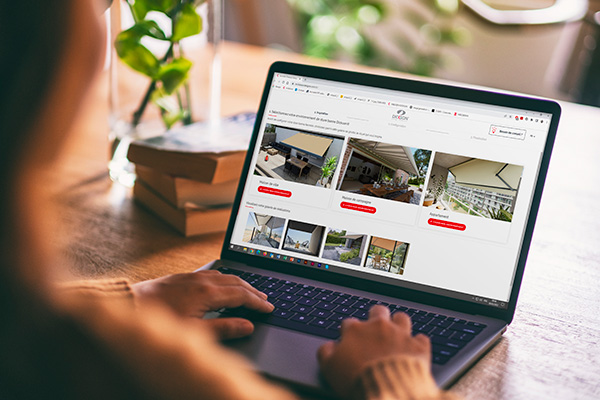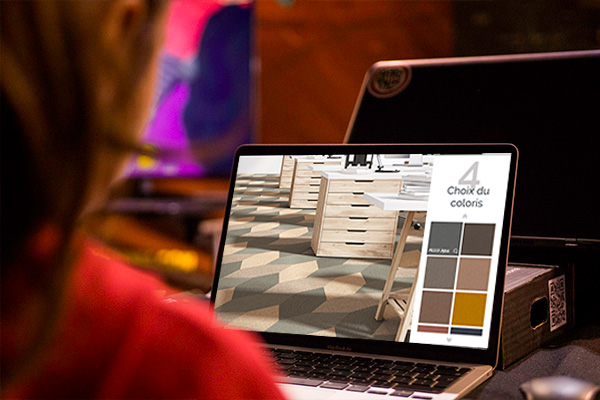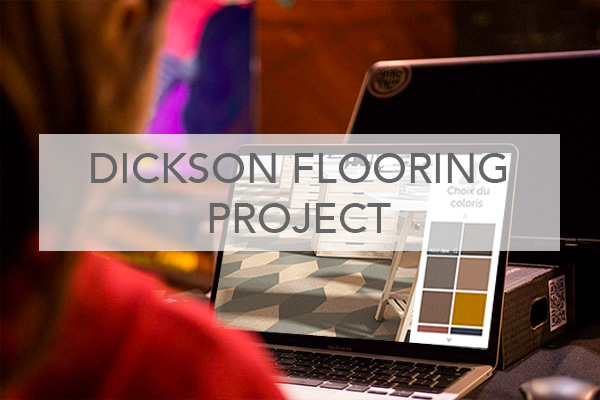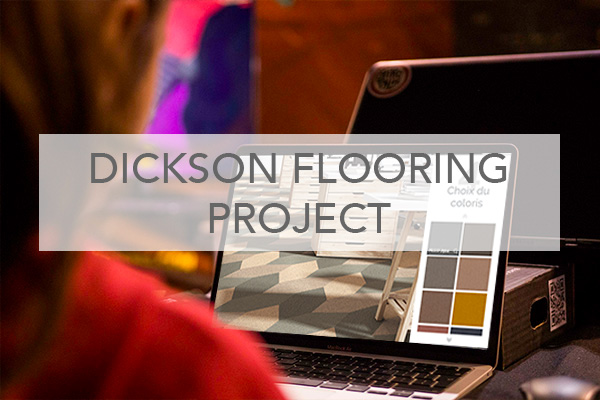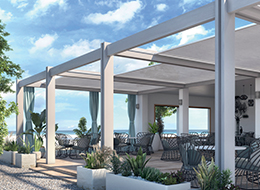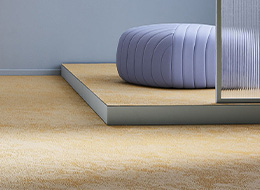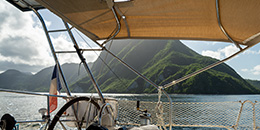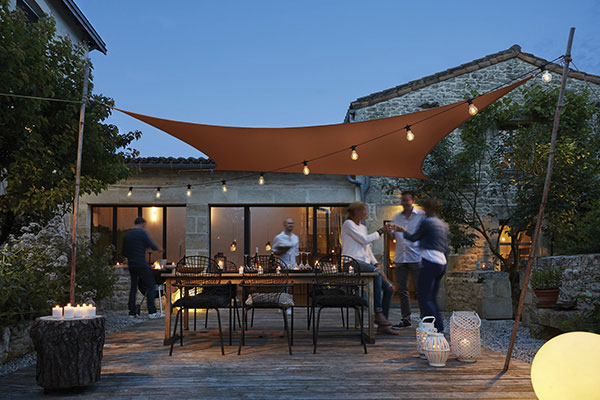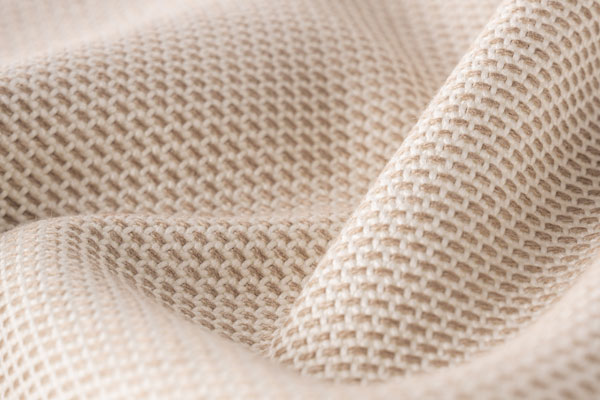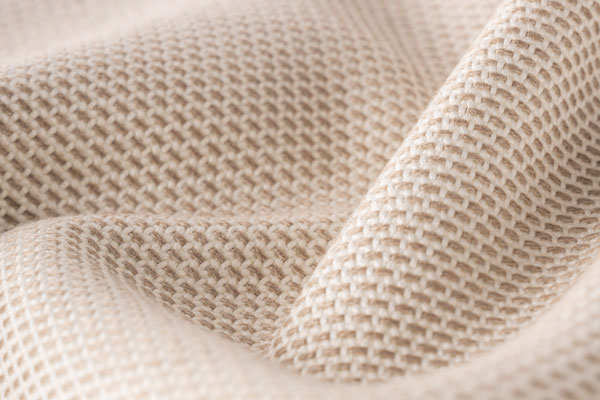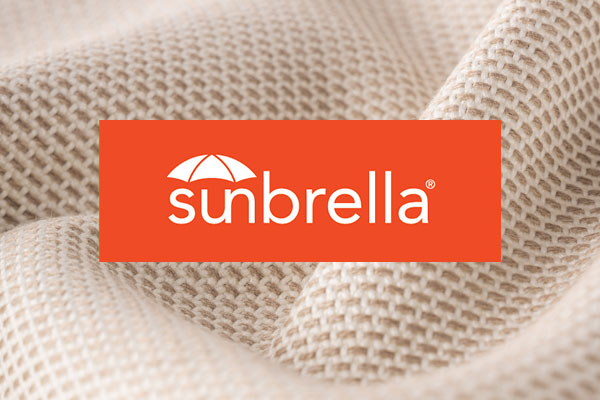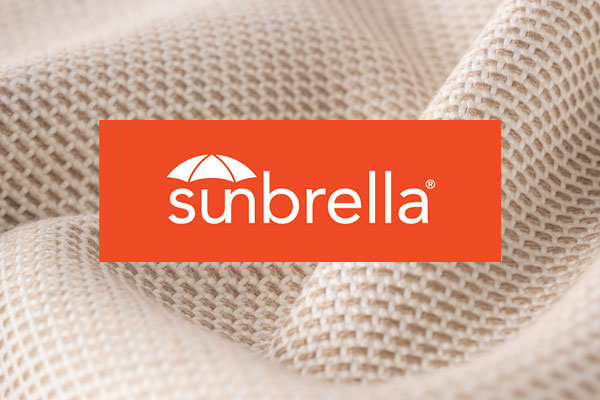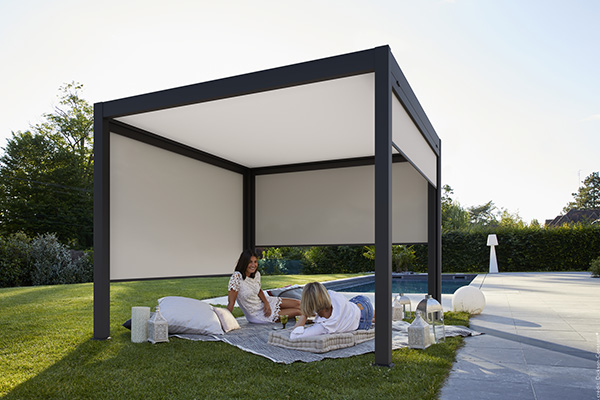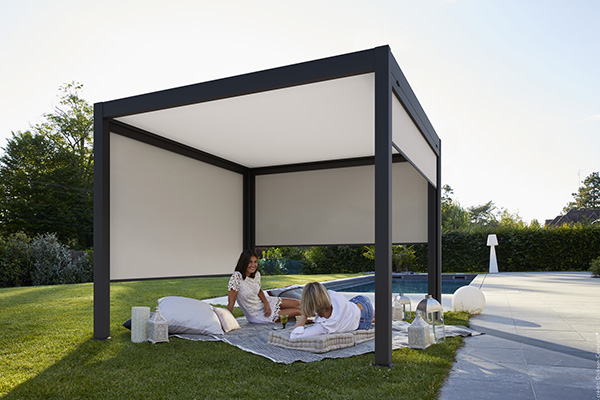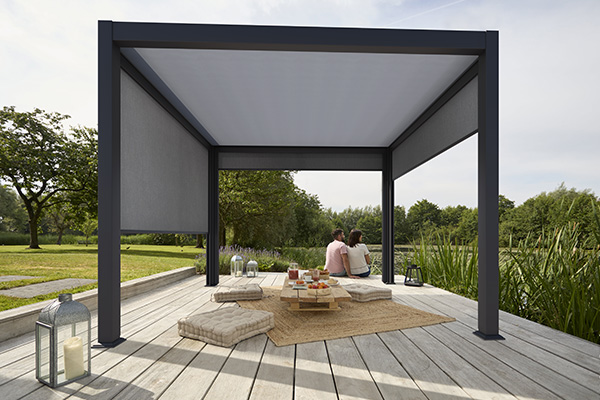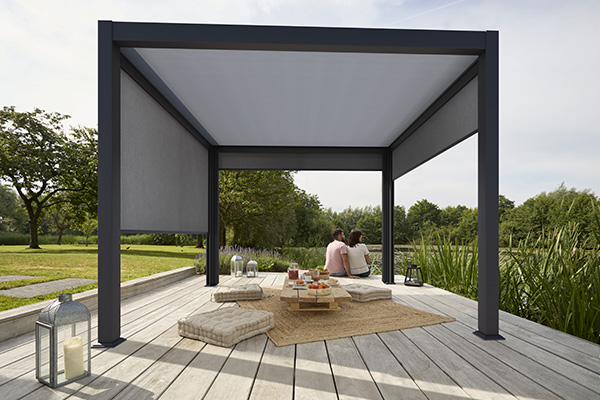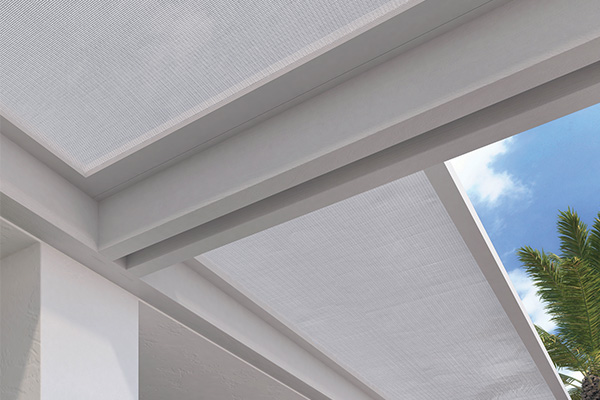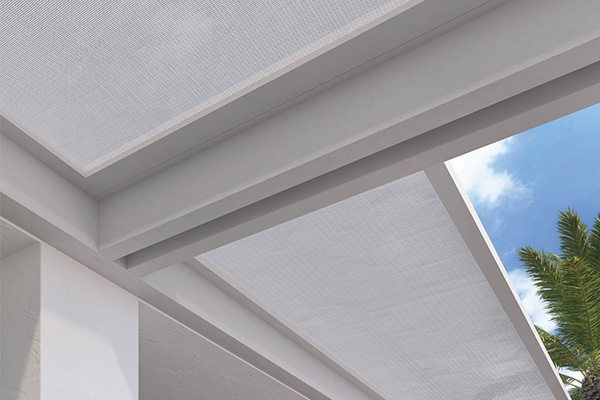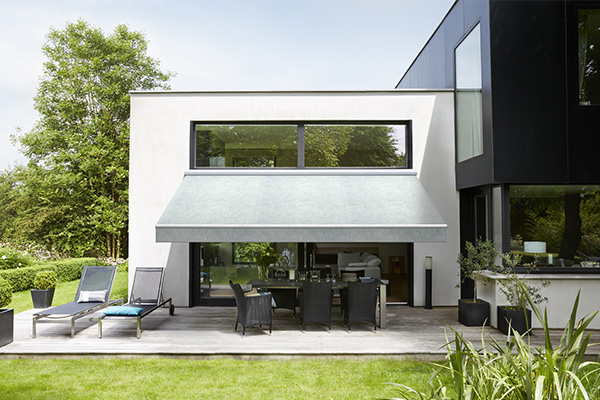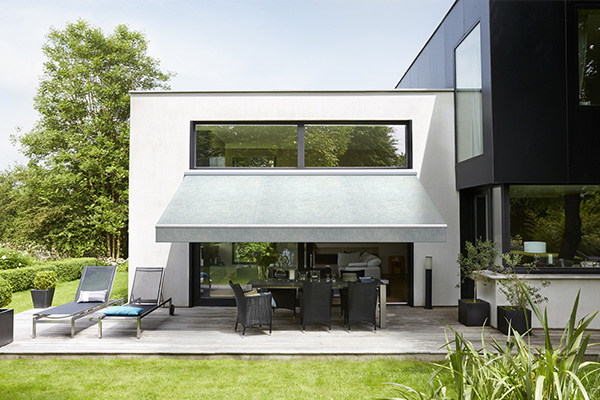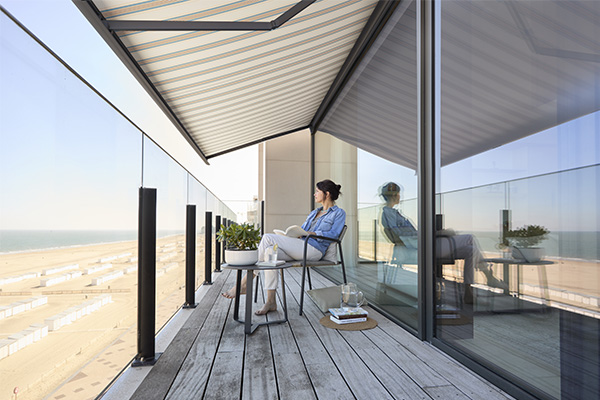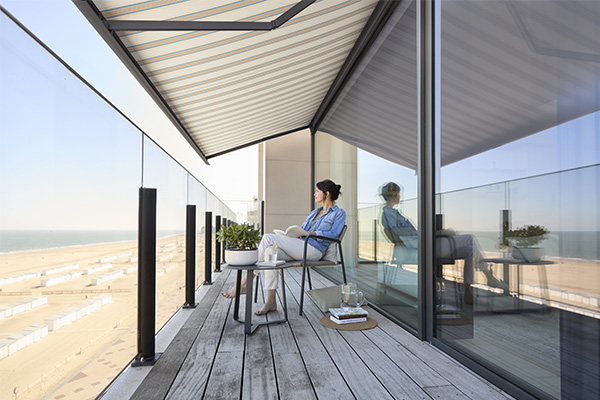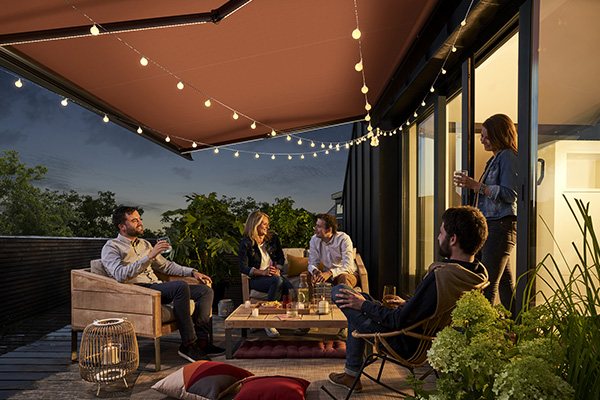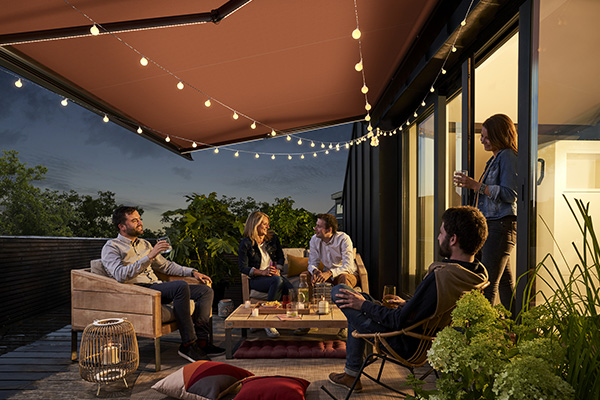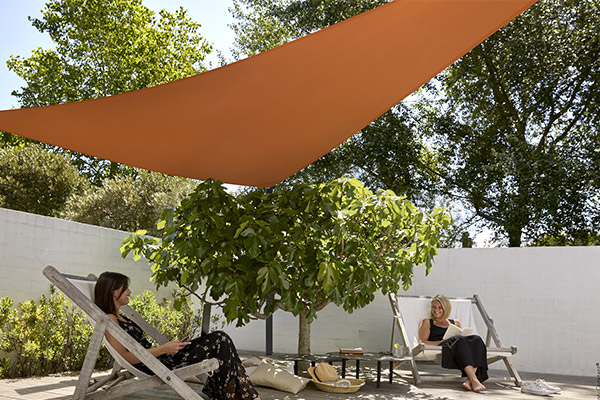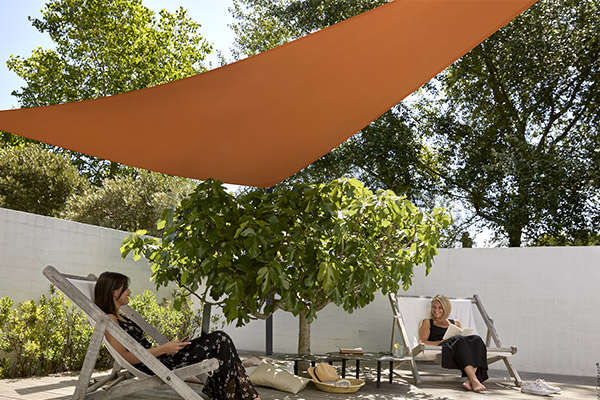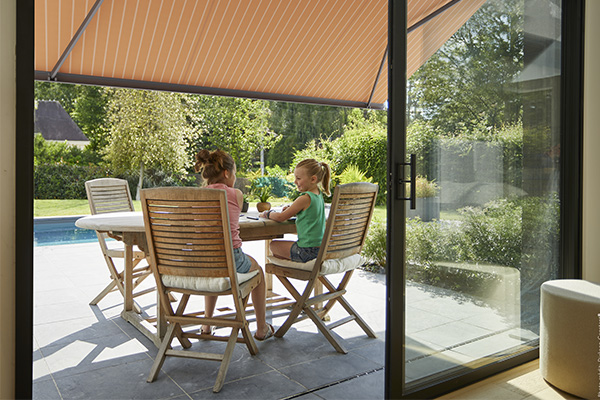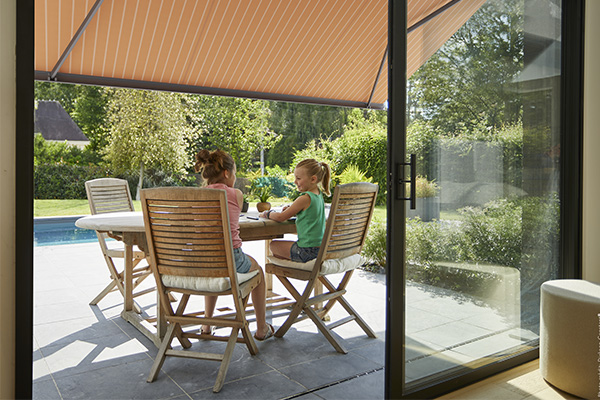An easy-to-install structure
A folding-arm awning is a structure that can be installed directly on the outside wall of the house, without any particular permit or authorisation (you will nevertheless have to comply with co-ownership regulations if there is one). It is therefore a minor and quick job to plan. We recommend calling on a professional blind manufacturer, or better yet, a Dickson-approved blind manufacturer, to guarantee perfect installation and a long material life. Note that folding-arm awnings can be installed on all types of façades: it's up to you to find the size and shades that will best enhance your home.
Folding-arm awnings are inconspicuous and also adjustable
The folding-arm awning can be completely hidden in its cassette, or partially hidden in a semi-cassette. In both cases, it remains inconspicuous and doesn't detract from the aesthetics of your façade. It is also well protected from bad weather or the sun when it is folded away, which extends its life.
Whether it is motorised or manual, the folding-arm awning is completely adjustable: you can open it a little, a lot or not at all depending on the weather, the temperature and the sun's position throughout the day. This possibility to control the opening is a real plus as the awning adapts perfectly to your lifestyle.
If your folding-arm awning is automated, with a home automation module, you can even control the opening of your awning when you are not there.
The folding-arm awning can be adjusted to your outside area
The folding-arm awning doesn't get in the way as it doesn't rest on the ground: it frees up space and facilitates the layout of your patio (garden furniture, potted plants, children's games) while making it easier to move around. It is also the perfect solution for shading your balcony. Don't forget that the surface area of your folding-arm awning must be larger than the patio surface area you want to protect, as the sun is never vertical, even at midday.
A perfect compromise between solar protection and light
The fabric is one of the most important parts of your folding-arm awning, as its quality determines the quality of your protection against glare and heat, as well as the aesthetics of your installation. Dickson has a very wide range of awning fabrics with its Orchestra, Max and Infinity acrylic fabric ranges. Thanks to its technical woven fabric, it provides excellent solar protection: protection against UVA and UVB rays, protection against brightness and protection against heat. With its water-repellent treatment, it also protects you from short-lived showers and isolates you from the neighbours, so that you can maintain your privacy on your patio.




